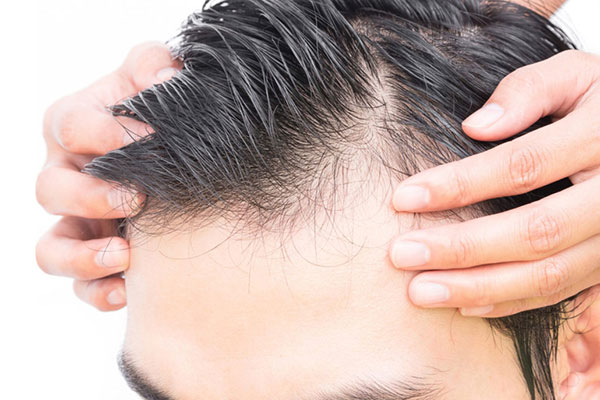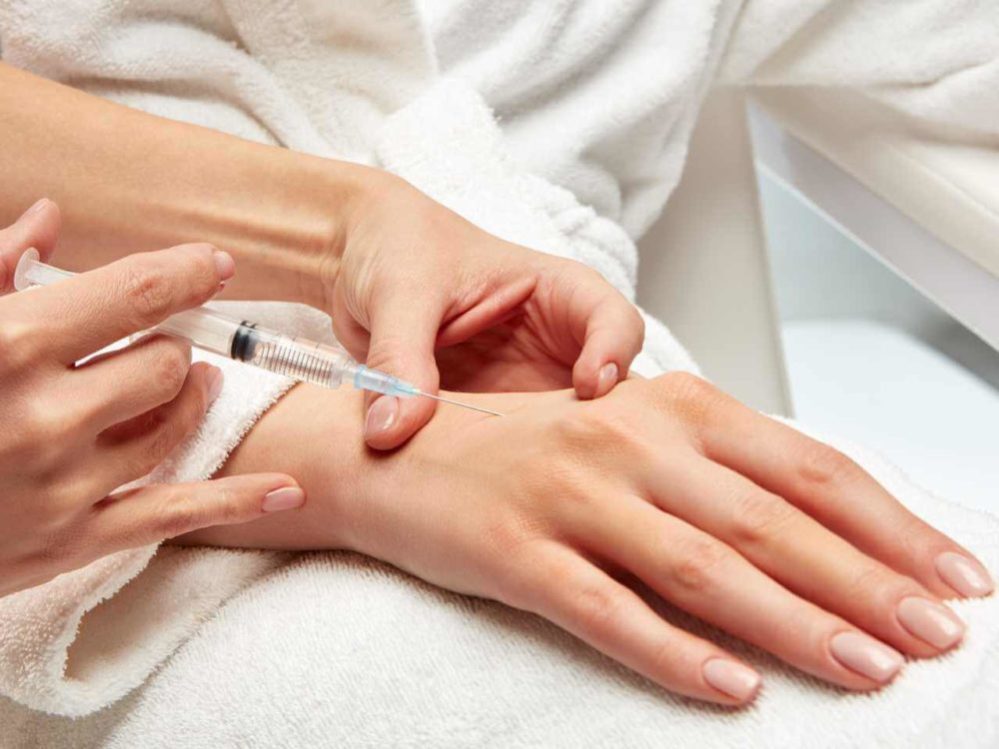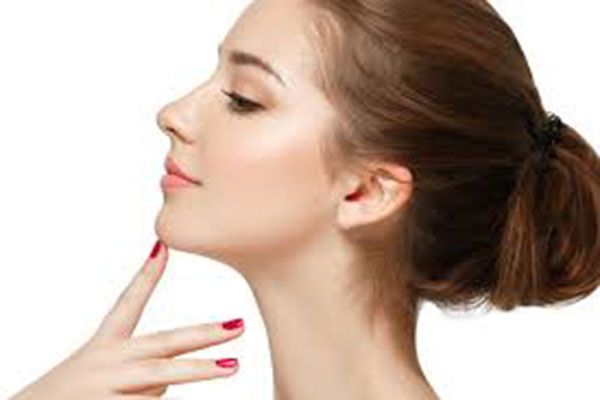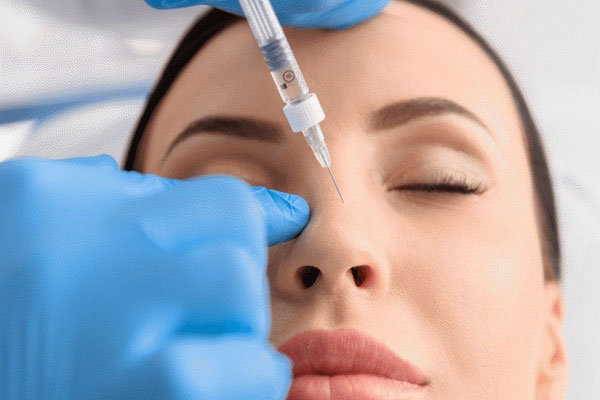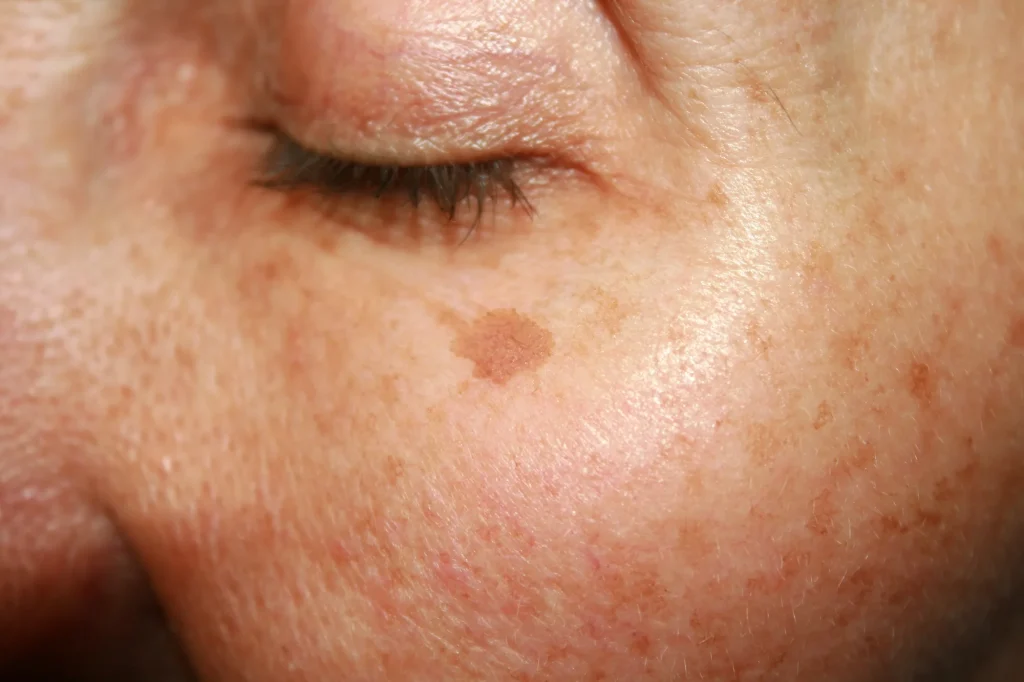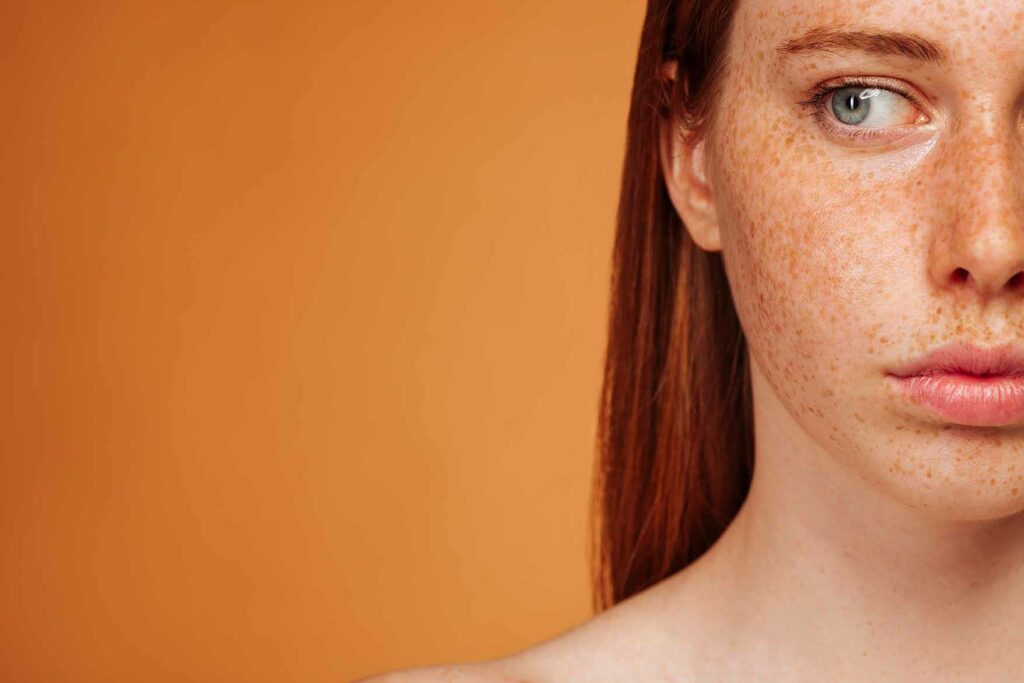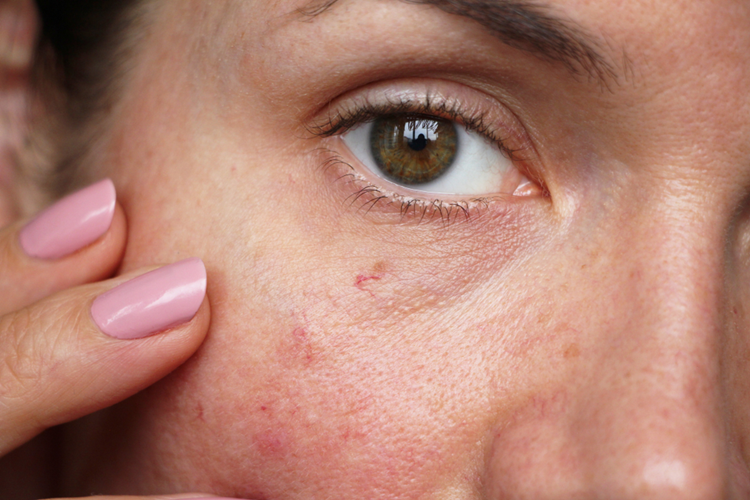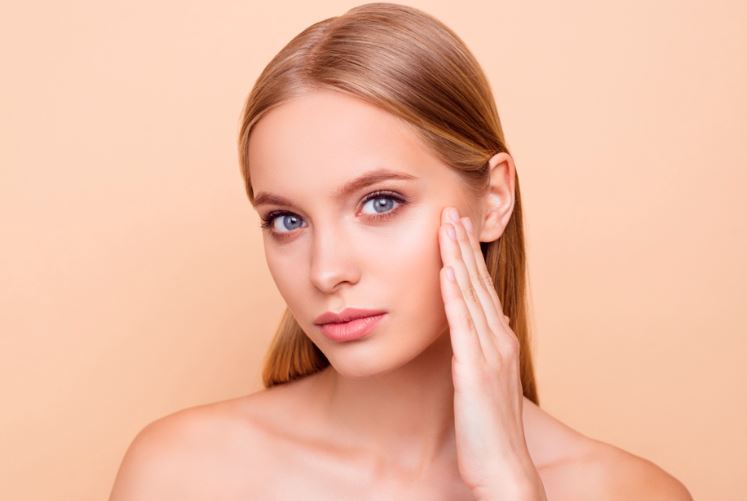
Athlete’s Foot Treatment
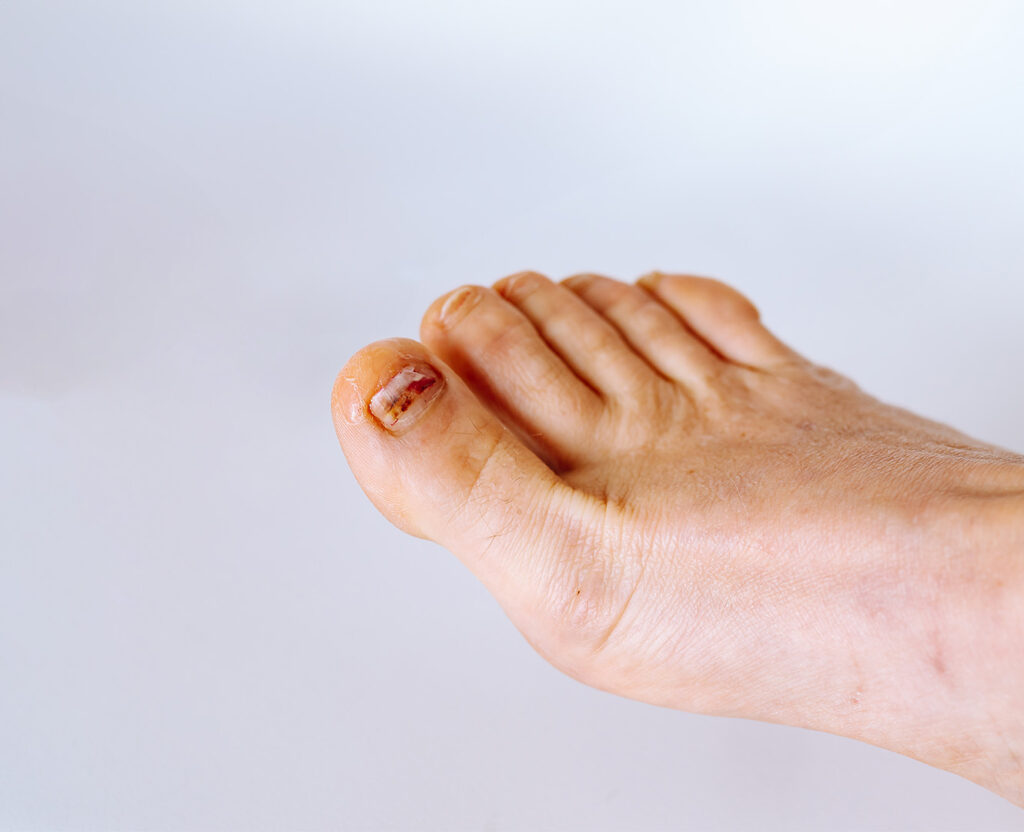
What Is Athlete’s Foot?
Athlete’s foot, medically known as “Tinea pedis,” is a common fungal skin infection that usually affects the spaces between the toes. It causes symptoms such as itching, redness, peeling, burning, and unpleasant odor. The infection is caused by dermatophyte fungi, which thrive in warm, moist environments. It is more common in people who sweat excessively, wear closed shoes for long periods, or frequently use communal showers, gyms, or pools.
What Causes Athlete’s Foot?
• Prolonged moisture on the feet
• Wearing tight, non-breathable footwear
• Poor hygiene in communal areas (e.g., locker rooms, public showers)
• Weakened immune system
• Spread from other fungal infections like nail fungus ✅
How Is Athlete’s Foot Treated?
Treatment depends on the severity and extent of the infection. Mild cases can often be treated with topical antifungal creams, while more persistent infections may require oral medication. In resistant or recurrent cases, laser therapy may be recommended as a supportive option.
Topical Antifungal Creams
These are effective in early stages. They are applied 1–2 times daily to the affected area, and it’s important to keep the area dry and clean during treatment.
Oral Antifungal Medication
Used for more widespread or stubborn infections. Treatment typically lasts 2–4 weeks. Liver function may need to be monitored during prolonged use.
Laser Therapy
This is especially useful for chronic or resistant infections and cases where nail and skin fungus occur together. Laser light targets fungal cells without harming surrounding tissue.
Home Hygiene & Supportive Measures
• Wash feet daily and dry thoroughly, especially between toes
• Wear breathable cotton socks and change them often
• Disinfect and air out shoes regularly
• Use personal slippers or footwear in public spaces
• Use antifungal foot powder or spray to reduce moisture
Is Athlete’s Foot Contagious?
Yes. It spreads easily through direct contact or by sharing towels, footwear, or walking barefoot in communal areas. Maintaining strict personal hygiene during treatment is essential to prevent reinfection or spreading it to others in the household.
Athlete’s Foot Treatment Prices
Treatment costs vary depending on the method used, the extent of the infection, and the number of sessions needed. For a personalized treatment plan and detailed pricing, please contact our clinic.
| Feature | Description |
|---|---|
| Treatment Duration | 2–6 weeks (depending on severity) |
| Treatment Methods | Topical creams, oral medication, laser |
| Contagious Risk | High – highly contagious |
| Common Areas | Between toes, soles, heels |
Conclusion
Athlete’s foot is a common and manageable infection when diagnosed early. However, without proper treatment, it can become chronic and spread to other areas. In addition to medical therapy, practicing good foot hygiene and preventive care significantly increases treatment success. With the right approach and clinical guidance, long-lasting relief is achievable.
Frequently Asked Questions
Can athlete’s foot go away on its own?
No. Without treatment, it often worsens and may spread to other areas of the body.
Do I need to replace my socks and shoes during treatment?
Yes. Disinfect shoes regularly and wear clean, breathable socks daily.
Can it affect both the feet and toenails at the same time?
Yes. When both areas are involved, treatment may take longer and require combination therapy.
Is laser treatment always necessary?
No. It is generally recommended for recurrent or resistant cases as an adjunct to medical therapy.

